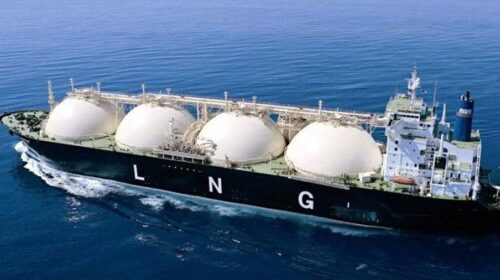As economies rebound from the impact of Covid-19 pandemic, the global trade of liquefied natural gas (LNG) registered an increase of 6% to 380 million tonnes in 2021, according to a report published by an energy company on Monday.
The rising LNG demand coupled with supply constraints kept gas prices volatile throughout the year.
In October 2021, LNG prices reached record levels as Europe, with historically low storage levels, struggled to secure LNG cargoes to meet the expected demand in winter season, said the report, which was published by Shell.
“The volatility emphasises the need for a more strategic approach to secure reliable and flexible gas supply in future to avoid exposure to price spikes,” it added.
A demand-supply gap of LNG is forecast to emerge in the mid-2020s, hence there is a need to divert attention to more investment in a bid to increase supply and meet the rising LNG demand, especially in Asia.
“As countries develop lower carbon energy systems and pursue net zero emissions goals, focusing on cleaner forms of gas and decarbonisation measures will help LNG to remain a reliable and flexible energy source for decades to come,” underlined Shell Integrated Gas, Renewables and Energy Solutions Director Wael Sawan.
In 2021, LNG exports recorded growth despite a number of unexpected outages that dented its availability for delivery.
The United States led the export growth with a year-on-year increase of 24 million tonnes and “is expected to become the world’s largest LNG exporter in 2022”.
During the year, the growth in LNG demand was led by China and South Korea. China increased its LNG imports by 12 million tonnes to 79 million tonnes, surpassing Japan, to become the world’s largest LNG importer.
Chinese LNG buyers, during the year, signed long-term contracts for more than 20 million tonnes a year, signalling an ongoing role of LNG in coal-to-gas switching and helping reach the ambition to be carbon neutral by 2060.
By 2040, global LNG demand is expected to cross 700 million tonnes a year, an increase of 90% as compared to the demand in 2021.
“Asia is expected to consume the majority of this growth as domestic gas production declines, regional economies grow and LNG replaces higher-emissions energy sources, helping to tackle concerns over air quality and to help progress towards carbon emissions targets,” the report said.






